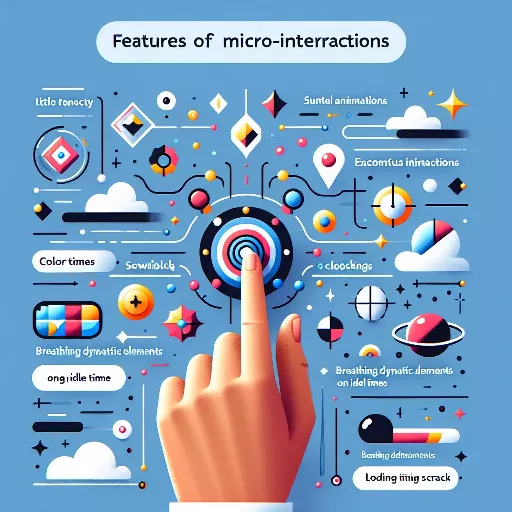
Microinteractions are small details on a website or in an application that enhance the user experience and make it more convenient and engaging. They can be subtle and almost invisible, yet significantly increase the level of user engagement.
One of the key features of microinteractions is their unobtrusiveness. They should be natural and intuitive, so as not to distract the user from the main goal of visiting the site. Microinteractions can be active, requiring user action, such as clicking a button or scrolling the screen, or passive, which happen automatically, such as a tooltip appearing when hovering over an element on the page.
One of the main tasks of microinteractions is to improve website navigation. For example, when hovering over a menu item, additional information or a dropdown submenu may appear. This allows users to quickly access the desired information, minimizing the number of clicks and simplifying the search for the necessary information.
Another important feature of microinteractions is their ability to provide feedback to the user. For example, when submitting a form or placing an order, a pop-up window with a confirmation may appear. This allows users to receive instant information about the outcome of their actions and reduces the likelihood of errors.
Microinteractions can also be used to draw attention to important elements on the page. For example, an animation may be used when loading a page, which captures the user's attention and helps them better orient themselves on the site.
An important aspect of microinteractions is their consistency and alignment with the overall design style of the site. They should be carefully thought out and implemented in accordance with the overall user interface concept. For example, using the same icons and animations across different sections of a site helps users better understand and perceive information, as well as create a sense of a unified and cohesive user experience.
It is also worth noting that microinteractions can be used not only on desktop computers but also on mobile devices. They can be particularly useful on mobile devices, where limited screen space requires special attention to detail and usability.
In conclusion, microinteractions are a powerful tool for creating a superior user experience on a website. They can make navigation more convenient and intuitive, provide feedback to the user, draw attention to important elements on the page, and create a unified and cohesive user experience. Properly designed microinteractions will help users better orient themselves on the site and ultimately lead to increased conversion rates and user satisfaction.


